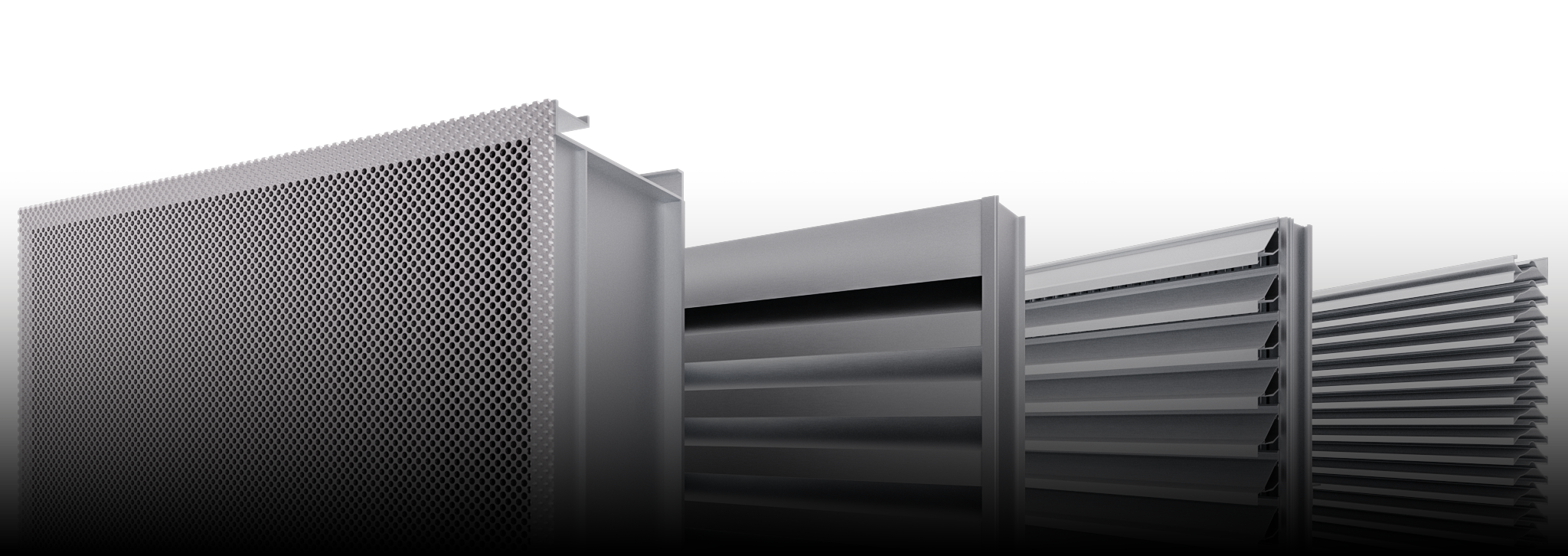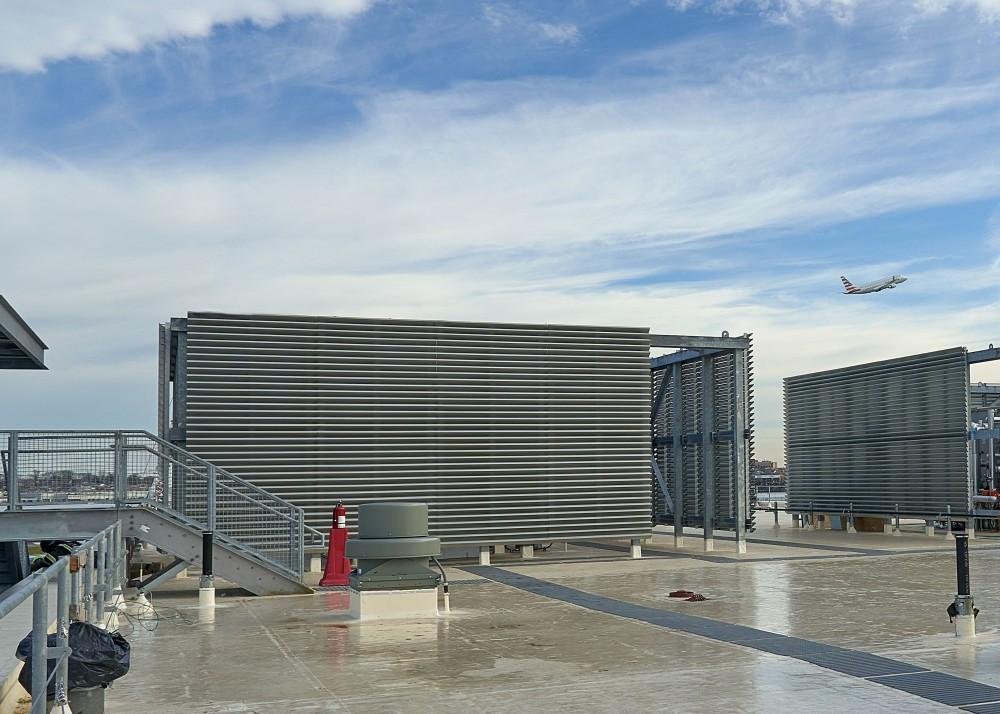BLOG
Essentials for Equipment Screen Doors
Equipment enclosures require properly designed access doors to enable maintenance while visually blending with surrounding aesthetic screens. By consulting specialists early in design, attractive screen doors with smooth functionality protect equipment without detracting from buildings.
Streamlining Louver Projects with Bluebeam and Autodesk
Specifying louvers for building projects requires extensive coordination across design and construction teams. Digital tools like Bluebeam Revu and AutoDesk programs play vital roles when properly utilized at both project stages.
Securing Equipment Screens to Structural Steel
Equipment screens that incorporate louvers for ventilation require proper attachment to a building's structural steel. While manufacturers supply necessary mounting components, understanding integration strategies optimizes the process. This article covers common methods and best practices.
Mitigating Snow Penetration of Louvers
Cold climate regions like New York often experience wind-driven snow that can infiltrate building air intakes. While louvers themselves are not specifically snow-tested, anticipating these conditions during design helps prevent issues. This article covers strategies for minimizing snow entry through ventilation louvers.
Performance and Design Benefits of Vertical Architectural Louvers
Vertical blade louvers offer notable performance and design advantages over horizontal models for building ventilation and weather resistance. Their continuous blade geometry optimizes rain defense, intake volumes, structural integrity, and visibility control.
Equipment Screen Louvers: Recommendations and Cautions
Equipment screens conceal rooftop mechanical units and ground-level infrastructure like transformers and HVAC equipment from public view. Well-designed screens incorporate architectural louvers to maintain proper ventilation.
Understanding Aluminum Extrusion Types and Processes
Aluminum extrusion creates highly customizable profiles with consistent strength ideal for construction applications. This article provides an overview of key aluminum extrusion methods, alloys, and finishes relevant for architectural components.
Coordinating Specifications and Architectural Drawings
As architects undertaking large-scale projects, ensuring louver specifications and drawings correctly coordinate is critical. Misalignments between specified products and their representations can disrupt bid processes through unnecessary RFIs, lead to unsafe substitutions, and create avoidable expenses. Use these best practices to align your louver specs and drawings.
INCORPORATING ARCHITECTURAL LOUVERS
Unitized curtain wall systems provide a streamlined, cost-effective exterior envelope solution for modern building projects. Integrating architectural louvers into these unitized assemblies allows the curtain wall subcontractor to quickly install the large glass sections along with the louvers. This article covers key considerations when specifying louvers for unitized curtain walls.
ENHANCING ARCHITECTURAL DESIGN WITH ACOUSTICAL LOUVERS: A COMPREHENSIVE GUIDE
In the realm of modern architecture, aesthetics and functionality often go hand in hand. As architects and designers strive to create harmonious spaces, the importance of managing sound cannot be overlooked. Acoustical louvers, a versatile architectural element, have emerged as a key solution to balance both visual appeal and acoustic performance. In this informative blog post, we delve into the world of acoustical louvers, exploring their significance, STC rating, and their application in equipment screens.
AAMA 2605 PAINT FINISHES FOR ARCHITECTURAL LOUVERS
Architectural louvers enhance building facades with visual appeal, airflow control and weather resistance. Specifying louvers finished with AAMA 2605 fluoropolymer coatings ensures these building products maintain optimal performance and aesthetics over decades of service. This advanced finish offers unparalleled durability and longevity for aluminum components.
Hidden Louvers: Innovative Solutions for Architectural Designs
As architects, you are constantly seeking innovative ways to enhance the aesthetics and functionality of your designs. One aspect that often requires attention is the integration of louvers into buildings. Traditional louvers may be effective, but they may not always align with your client’s vision. That's where hidden louvers come into play, offering creative solutions that seamlessly blend functionality with design.













